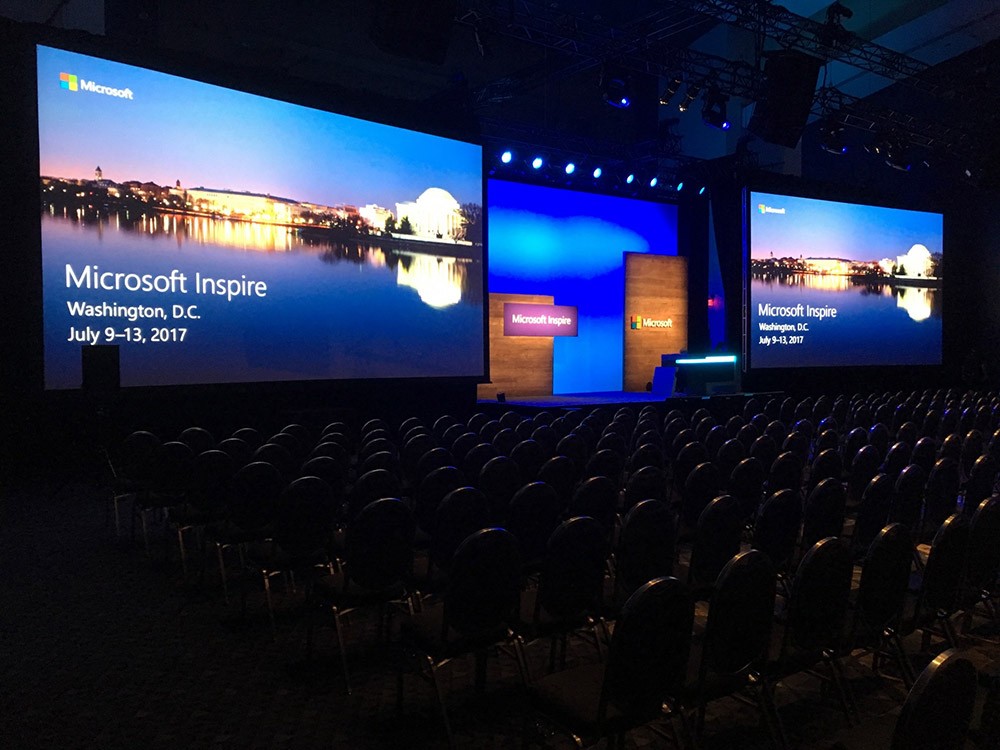Maximizing Aesthetic Impact Via Strategic Material Scheduling in LED Wall Performance
Wiki Article
Enhancing visual effect during LED wall shows demands meticulous preparation plus tactical content timing. Light-emitting diode screens represent potent instruments in visual storytelling, frequently utilized during musical events, gatherings, plus displays. The effectiveness of these screens relies not only just upon the caliber of the visuals yet also upon the manner plus timing they are shown. By comprehending the viewers' focus duration plus the rhythm of the event, organizers can create a more engaging encounter that captivates spectators plus enhances the overall performance.
One key aspect of tactical visual timing is timing. It is essential to align the visuals with the rhythm and tempo of the show. For instance, during a musical performance, visuals should complement the rhythm and atmosphere of the music. This alignment helps to create a cohesive encounter that pulls the viewers in. Additionally, it is important to consider the duration of each visual clip. Brief, striking segments can sustain viewer engagement, while extended images may be suitable for moments of contemplation or sentimental bonding. By altering the duration and vigor of the images, organizers can maintain the viewers interested throughout the performance.

Another crucial factor is the material itself. The images shown on the LED wall should be pertinent to the concept of the performance. This relevance helps to reinforce the message being communicated plus makes the encounter more unforgettable for the viewers. For instance, if the show is about ecological consciousness, using images that illustrate nature and wildlife can enhance the message. Furthermore, adding dynamic elements, such as motion graphics or engaging graphics, can introduce thrill and maintain the audience's attention. The right content, presented at the right moment, can significantly elevate the impact of the show.
Viewer engagement is also a key factor in visual timing. Comprehending the demographics and preferences of the audience can inform the choice of images. For instance, a youthful crowd may respond better to bright hues read this and quick motion graphics, while an mature crowd might value more nuanced and refined images. By customizing the material to the viewers' preferences, organizers can craft a more tailored encounter that resonates with viewers. Additionally, incorporating audience participation, such as live polls or social interactions, can further enhance engagement and make the performance more interactive.
Finally, evaluating the effectiveness of the content scheduling is essential for future performances. Gathering feedback from the audience can offer insightful information into what was effective well plus what could be enhanced. This data can assist event planners improve their strategies and make informed decisions for upcoming performances. By constantly evaluating and modifying the visual timing strategy, event planners can amplify the aesthetic impact of LED wall performances and craft memorable encounters for their viewers.